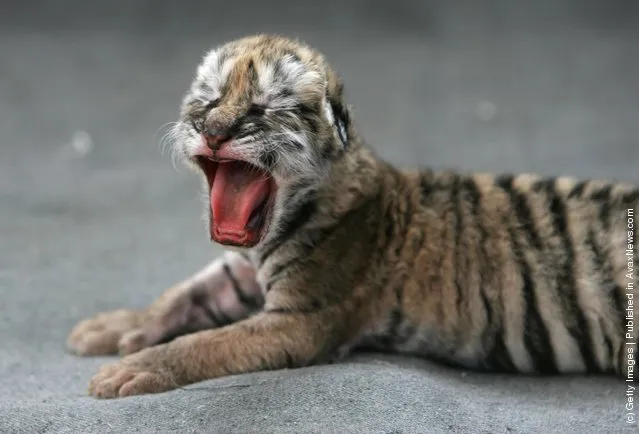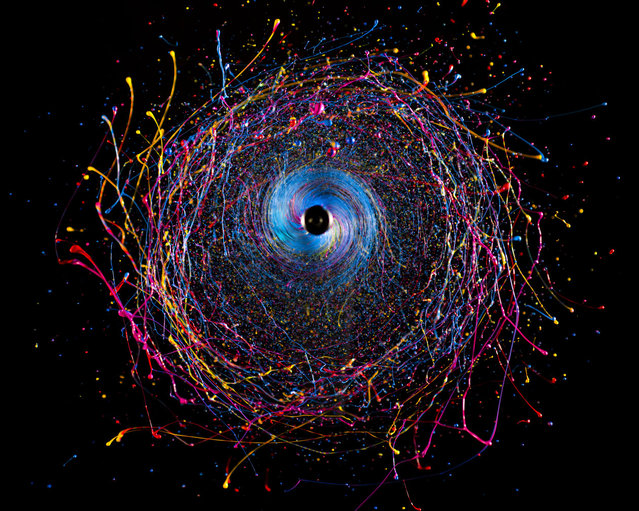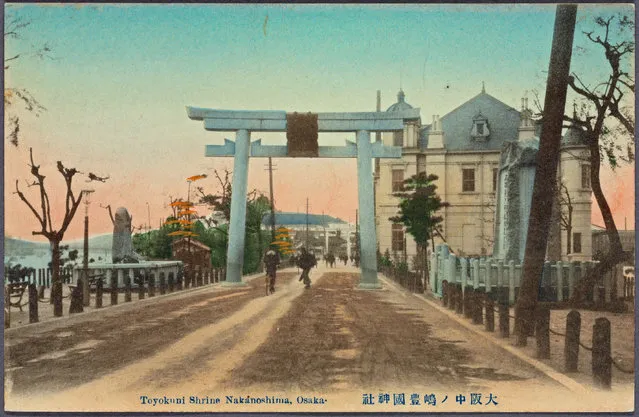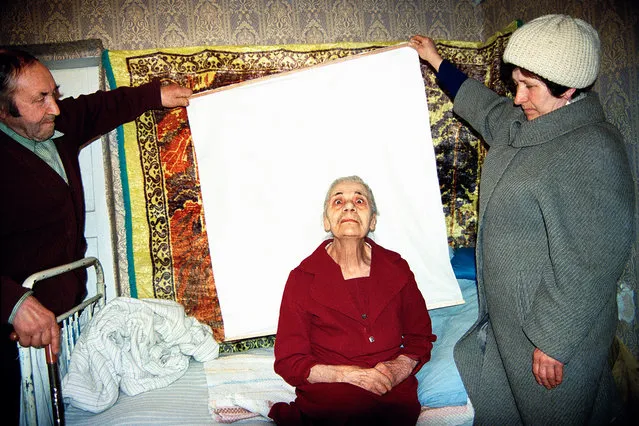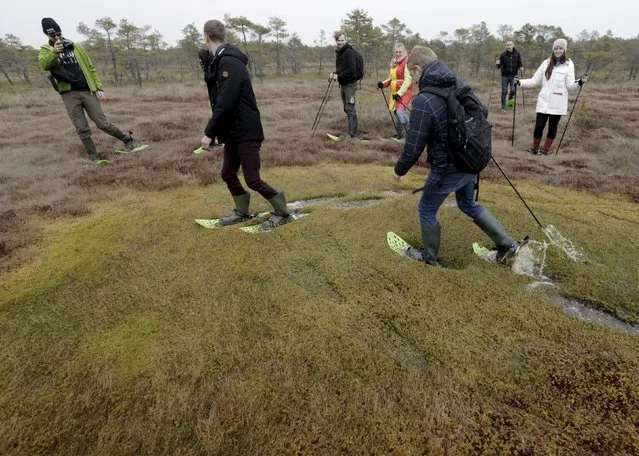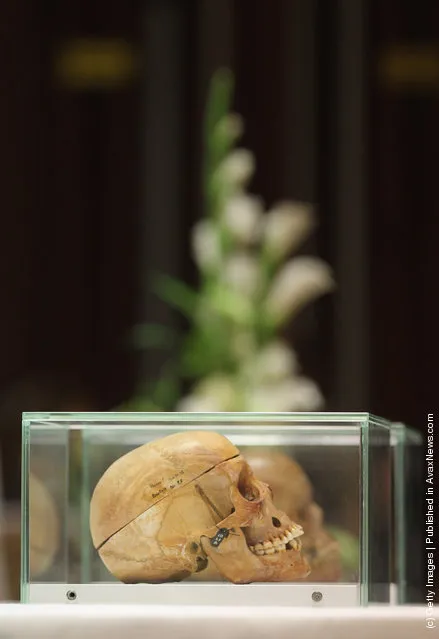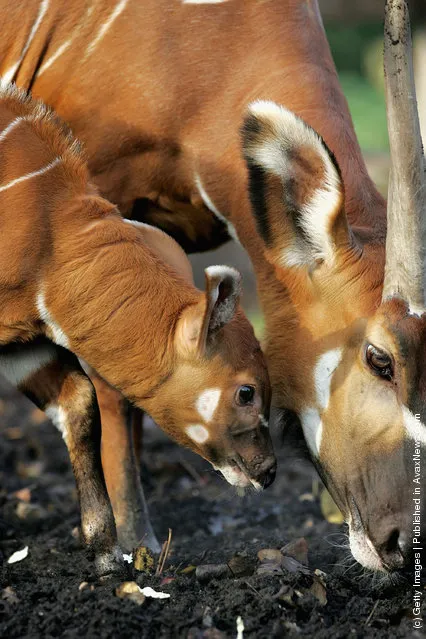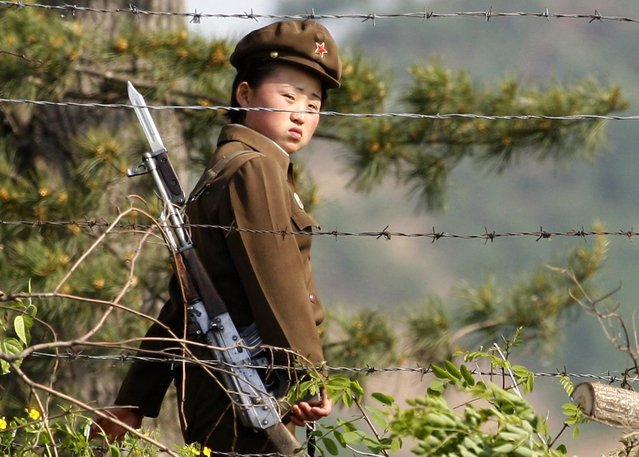
In this photo taken June 3, 2009, a female North Korean soldier looks out from behind a barbed-wire fence around a camp on the North Korean river banks across from Hekou, northeastern China's Liaoning province. North Korea's top court has convicted two U.S. journalists, and sentenced them to 12 years in labor prison, the country's state news agency reported Monday. (Photo by Ng Han Guan/AP Photo)
13 Sep 2017 07:11:00,post received
0 comments

